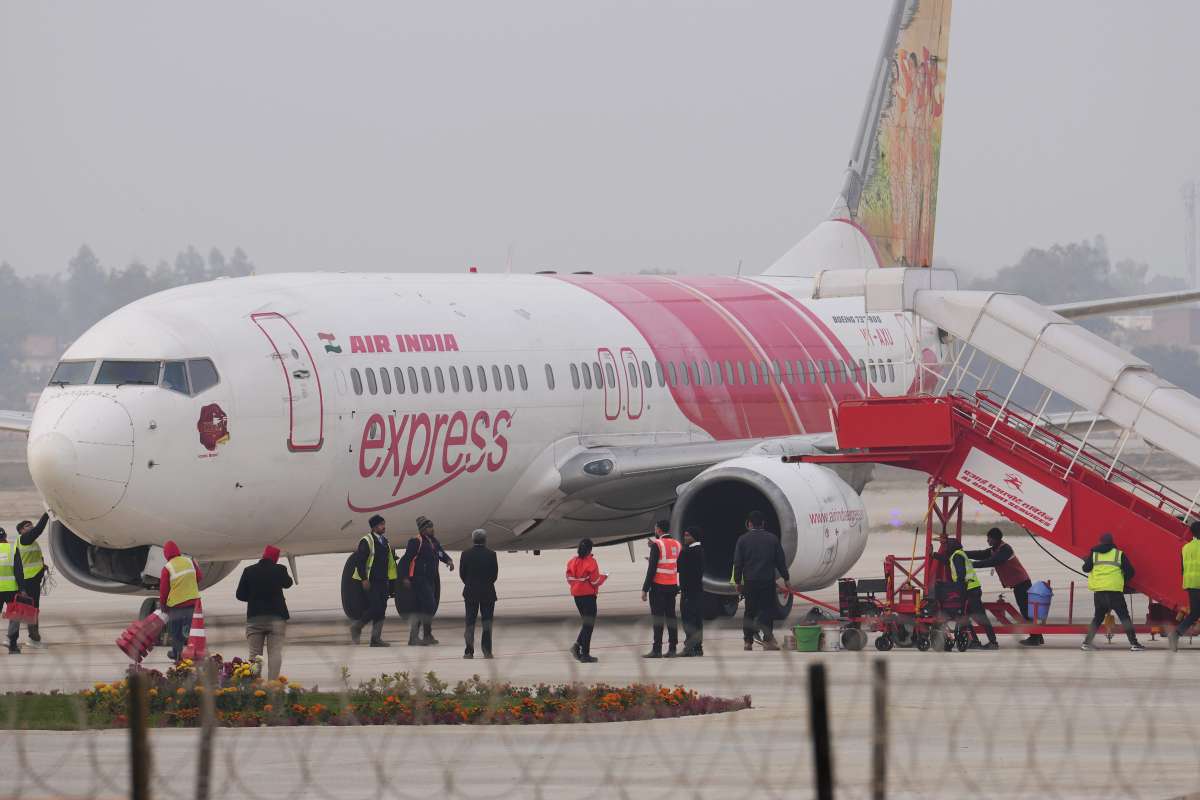

:strip_icc():format(jpeg):watermark(kly-media-production/assets/images/watermarks/liputan6/watermark-color-landscape-new.png,1100,20,0)/kly-media-production/medias/4101154/original/049392900_1658812929-20220604_143415.jpg)
On October 4, 2024, a 250kg bomb, dropped by a US aircraft during World War II, exploded beneath a taxiway at Naha Airport in Japan shortly after a Japan Airlines flight with 93 passengers passed overhead. Fortunately, there were no injuries reported, but the incident raised significant safety concerns regarding unexploded munitions in the area. In response, Japan's transport ministry has ordered searches for more unexploded bombs at both Naha and Miyazaki airports [1eb8cab6].
This recent explosion is part of a broader issue, as seven unexploded bombs have already been discovered at Naha Airport this year alone. Experts warn that while these munitions are generally stable, they can become dangerous if disturbed, prompting the ministry to consider expanding searches to other former military airfields across the country [1eb8cab6].
The discovery of unexploded ordnance is not unique to Japan; similar concerns have arisen globally. For instance, in the UK, an Air India cabin crew member was recently assaulted in London, leading to increased security measures at airports. This incident coincided with a series of bomb threats that prompted heightened security protocols at various airports, including those in France and the Philippines [631cd27e][6805fc25].
As Japan undertakes these precautionary measures, the focus remains on ensuring passenger safety and preventing any potential threats from historical munitions that could still pose risks today. The ongoing efforts to locate and safely dispose of these unexploded bombs reflect a commitment to addressing the legacy of wartime conflicts while safeguarding current aviation operations.